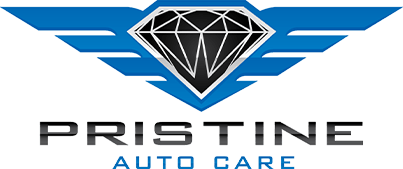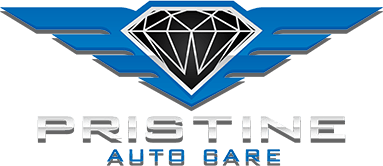Auto paint correction refers to the process of buffing the clear coat of your vehicle’s paint to remove imperfections, such as:
- Minor oxidation
- Holograms
- Etching
- Spotting
- Scratches
- Swirl marks
- Automated car wash marring
- Etched bird droppings
Paint correction can also restore a car’s glossy appearance. A detailer (or the car owner) can cut into the clear coat the vehicle’s paint by using an electric polisher, a microfiber buffing pad, and a special cutting compound.
Paint correction is a multiple-step process that begins with using a liquid polish and buffing pad to remove small marring and swirl marks. If you have more moderate or medium imperfections, it is a two-step process that involves using a more abrasive polish and following it with a lighter compound.
If your car has heavy marring or imperfections, you will need to use a machine polisher first. The machine polisher and a polisher pad will allow you to dig deeper into the paint and remove more layers. You should then decrease the grit and follow that with a light polishing compound to smooth out what you’ve done.
Why Is Paint Correction Completed?
Paint correction removes imperfections as we mentioned. However, sometimes, this process is done to prep a vehicle for PPF (paint protection film) or ceramic coating. It is important to note that paint correction is optional and is not needed to prepare the surface of the vehicle for PPF or ceramic coating. If your paint does have marring, scratches, or imperfections, they will likely still be visible after you apply either coating.
With a ceramic coating, it is transparent and bonds to your vehicle’s surface before hardening to provide a protective layer. Tiny scratches and other imperfections will likely be enhanced because of the glossy finish, and swirl marks will remain visible—not be covered up.
If your car has more severe scratches, spots, or imperfections, you should have a paint correction done before paint protection film (PPF) is added to the top layer of your car. While the PPF may heal/fill in minor damage, certain types of imperfections will not be fixed by the PPF.
Is Paint Correction Worth It?
On average, the paint correction cost starts at about $500. However, if the defects in the paint are more severe, you may be looking at a higher cost (about $2,500). In addition to the imperfections, other factors that can affect the cost of paint correction include:
- The vehicle’s size
- The vehicle’s age/condition
- The amount of damage you want to be corrected (i.e. 90% vs. 70% of imperfections being removed)
While paint correction can be a little pricey, the benefit of having your vehicle’s looks improved and restored as well as having that glossy look is worth it. Paint correction also increases the lifespan of your vehicle’s paint job and helps fight the elements.
Is Paint Correction Permanent?
Paint correction is not permanent, but when done well it can last for up to five years. However, how often your car is exposed to the elements can also affect how long the paint correction lasts. For instance, if your vehicle is a show car, the paint correction improvements and shine can last for years. Vehicles used every day in mild or semi-mild weather conditions may need another correction in half a year. However, there is not an exact timeline.
The technicians at Pristine Auto Care offer high-quality ceramic coating and PPF services. Learn more about our services or schedule an appointment today by calling (661) 766-5774.

